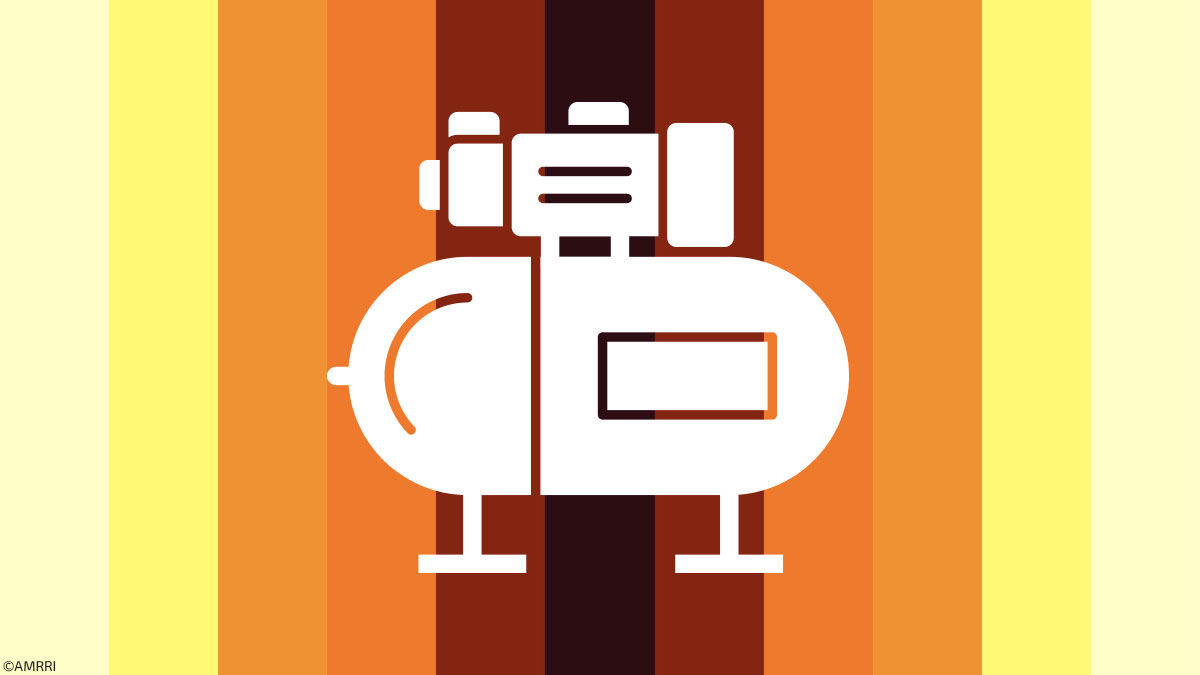The fundamental purpose of Reliability, Availability, and Maintainability (RAM) modeling is quantifying system performance, typically in a future interval of time. A system is a collection of items whose coordinated operation leads to the output, generally a production value.
The collection of items includes subsystems, components, software, human operations, etc. For example, an automobile can be considered a system with sub-components being the drivetrain, engine, gearbox, etc.
In RAM models, it is crucial to account for relationships between items to determine the final output of the system.
In various industries, RAM models have proven to be effective as cost avoidance or decision-making tools, as well as their ability to confirm or counter state assumptions by internal stakeholders.
This article highlights a non-exhaustive list of seven diverse solutions a RAM model can bring to the organization regarding decision-making advantages.
Contract Terms and Conditions
A contract between parties is often negotiated without evaluating the shared risks and potential liabilities if the contractual agreement is not fulfilled. In the case of an industrial operation, where output is precisely measured, the same output can be the basis of the contractual agreement, and therefore, a RAM model can be of great value.
It can assist both parties in understanding each other’s capabilities and projected performance and set the terms of the agreement on realistic performance rather than hypothetical ones.
An example of such agreements would apply between an oil producer (e.g., a bitumen upgrader) and a pipeline shipper when the producer commits to providing the pipeline with commodities to ship, and the pipeline operator commits to shipping all the products supplied.
Mix-Max Levels
Stocking and restocking spare parts for an industrial operation can be an expensive exercise. Stock too much, and money sits on the shelf and is lost when items go past their shelf life. Stock too little, and you are putting the plant at risk if there is a need for parts.
In this last case, one might have to accelerate (hotshot) a restock, which can be very expensive.
A RAM model can help establish the exact number of spares required on the store shelf and reorder amounts. This exercise can also evaluate the options to stock spares onsite or offsite, where the vendor carries the cost of insurance and other warehousing fees.
Maintenance Task Optimization
The “M” in RAM stands for Maintainability. It measures the impact of maintenance on the system’s performance. The RAM model allows the decision-maker to assess the cost or effectiveness of a maintenance task on an asset.
If a maintenance task, for example, is deemed too long, a new maintenance procedure can be developed and implemented. However, those changes in procedure come with a cost (e.g., if new diagnostic tools are required), and management needs to understand the benefits of the decision.
The RAM model can assist in evaluating the projected benefit and justify at least a trial run before the full implementation of the new procedure. Sometimes, the model can suggest the optimized or most economical frequency to perform the task.
Establishing a Criticality List
A criticality list establishes the hierarchy of assets and their ranked impact on the operation’s output. It helps the operator allocate resources to the equipment with the most impact on the revenue stream and, conversely, avoids wasting resources on other assets with lesser impact.
Because RAM models quantify the lost production contribution of each asset included in the model, they are useful processes to help build a criticality list.
However, the RAM model does not quantify other risk variables that comprise a criticality assessment, such as safety, environment, or reputation. Those have to be assessed using different processes.
Justification of Additional Equipment
Adding redundant or spare equipment (e.g., pumps in parallel and standby configurations) can be costly. Redundancy helps boost production and mitigate the impact of equipment failures. The need for redundancy can be estimated using RAM models both at the design stage and post-commissioning.
It might be much cheaper to evaluate the need for redundant equipment on the design blueprint of a greenfield project where, for example, geographical space is not a constraint, at least on paper.
However, adding redundant equipment once a plant is built and in operation can be extremely costly. Installation might need the plant to be shut down; there might be a need for rewiring or reprogramming of PLCs.
Space constraints could require reshuffling of equipment locations, let alone buying a piece of equipment by the unit rather than getting some bulk discount.
This is when the RAM model is crucial, as it looks at the entire and detailed installation cost versus the projected benefits. It can also help with the economic evaluation, such as IRR or other accounting metrics, which are crucial to making sound financial decisions.
Optimal Equipment Overhaul Timing
Equipment overhauls can be pretty expensive in terms of the work itself and the logistics involved. For example, cranes and transportation are required if a pump has to be overhauled at an offsite location and removed from a building.
Disconnection, reconnection, commissioning, and testing tasks are also significant expenses. Another common myth is that overhauls lead to “as good as new” equipment, which is not always true. Therefore, overhaul frequencies need to be carefully evaluated, and a RAM model is a perfect tool for this exercise.
If all the costs regarding the overhaul are known and entered, as well as the impact on the operation (e.g., risk of not having the pump), then the overhaul frequency can be calculated precisely. Alternatively, if an overhaul is not cost-effective, other options, such as replacement in kind or maintenance in situ, can be recommended.
Maintenance Workforce Management
Some companies have tight cash flows and want to budget future spends well in advance. When it comes to human resources, such as maintenance techs, a RAM model is a tool of choice to quantify the needs of maintenance resources in a future interval.
In the same way, the model can highlight the gaps in the workforce and warn management about the impact of such a shortfall. The model can also set up workforce pools that can be shared between different plant units to optimize the workforce output.
Managing people comes down to sound human resource management practices and processes, but the RAM model can still assist in the decision-making exercise.
RAM models offer a lot more than the above list. The author has provided some ideas on the diversity of benefits of a model. Once a model is built, it is a great go-to tool to check assumptions, evaluate ideas generated by the workforce, and subsequently make sound business decisions.









